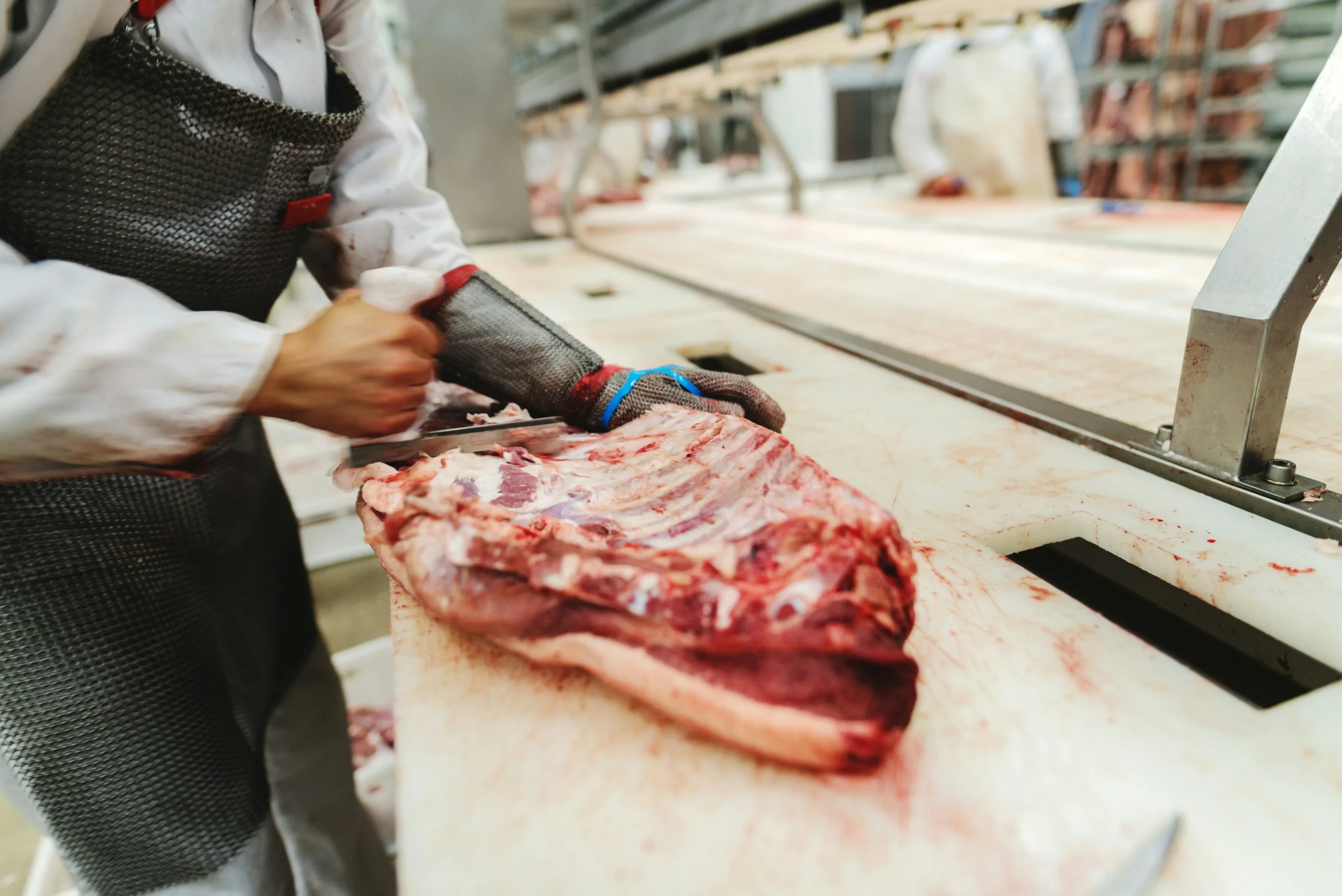
Stand Out This Holiday Season: 6 Strategies For Farms & Food Businesses
November 1, 2024
How to Build a Budget for Your Farm or Food Business
January 19, 2025
Stand Out This Holiday Season: 6 Strategies For Farms & Food Businesses
November 1, 2024
How to Build a Budget for Your Farm or Food Business
January 19, 2025December 16, 2024
6 Bookkeeping Tasks to Wrap Up Your Year
By Andrea Wright, Director of Accounting

As the new year quickly approaches, it's time for farms and food businesses to reflect on their financial journey. Effective bookkeeping is not just about recording transactions; it's about strategizing for the future and ensuring that your finances are in order. To help guide your year-end bookkeeping, here's a checklist we recommend completing before the new year begins:
1. Meet with your tax accountant for year-end tax planning
Schedule a year-end meeting with your tax accountant to discuss critical topics like equipment investments, retirement plan contributions, and preparing 1099 forms (if applicable). Although Good Roots doesn’t handle 1099 preparation directly, consulting your accountant ensures you’re ready for this task. Come prepared with up-to-date financial records to make these discussions productive and efficient.
2. Start payroll platform setup early
If you're considering switching payroll platforms, begin the setup process as soon as possible. Starting now ensures you can run your first payroll of the new year in the new system, avoiding the hassle of reporting historical data later. Confirm that your payroll platform is equipped to handle required forms like Form 941/943, Form 940, W-2s, and any others specific to your needs.
Be a savvy business owner.
Get tips on accounting, finance, marketing, and more, tailored for farms and food businesses—free.
"*" indicates required fields
3. Clean up accounts receivable and payable
Review Accounts Receivable (A/R) and Accounts Payable (A/P) thoroughly. Write off old balances and address outstanding invoices. For cash-basis tax purposes, pay any A/P balances you want to deduct by December 31st. Clear decisions on these accounts can help streamline your year-end reporting.
4. Summarize and communicate capital purchases
Prepare a summary of any major capital purchases made during the year, especially those over $2,500. Share these details with your tax preparer to ensure proper reporting. Plan to follow up after your tax return is completed to move asset purchases to the balance sheet and record depreciation as needed.
5. Review and clarify equity/owner draw accounts
Take time to review equity and owner-draw accounts for any unusual transactions that may need clarification. Scan your Profit and Loss (P&L) statement for personal expenses that should be moved to draws, and verify whether any business expenses were paid using personal funds.
6. Engage in strategic budgeting discussions
If you are a current Good Roots bookkeeping client, you should connect with your bookkeeper now to discuss any potential add-on projects for the new year. Not a current client? Learn more about our bookkeeping services here!
By following this checklist and consulting with your financial experts, you position yourself for a well-organized financial future. Here's to a successful year-end and a profitable new year!





